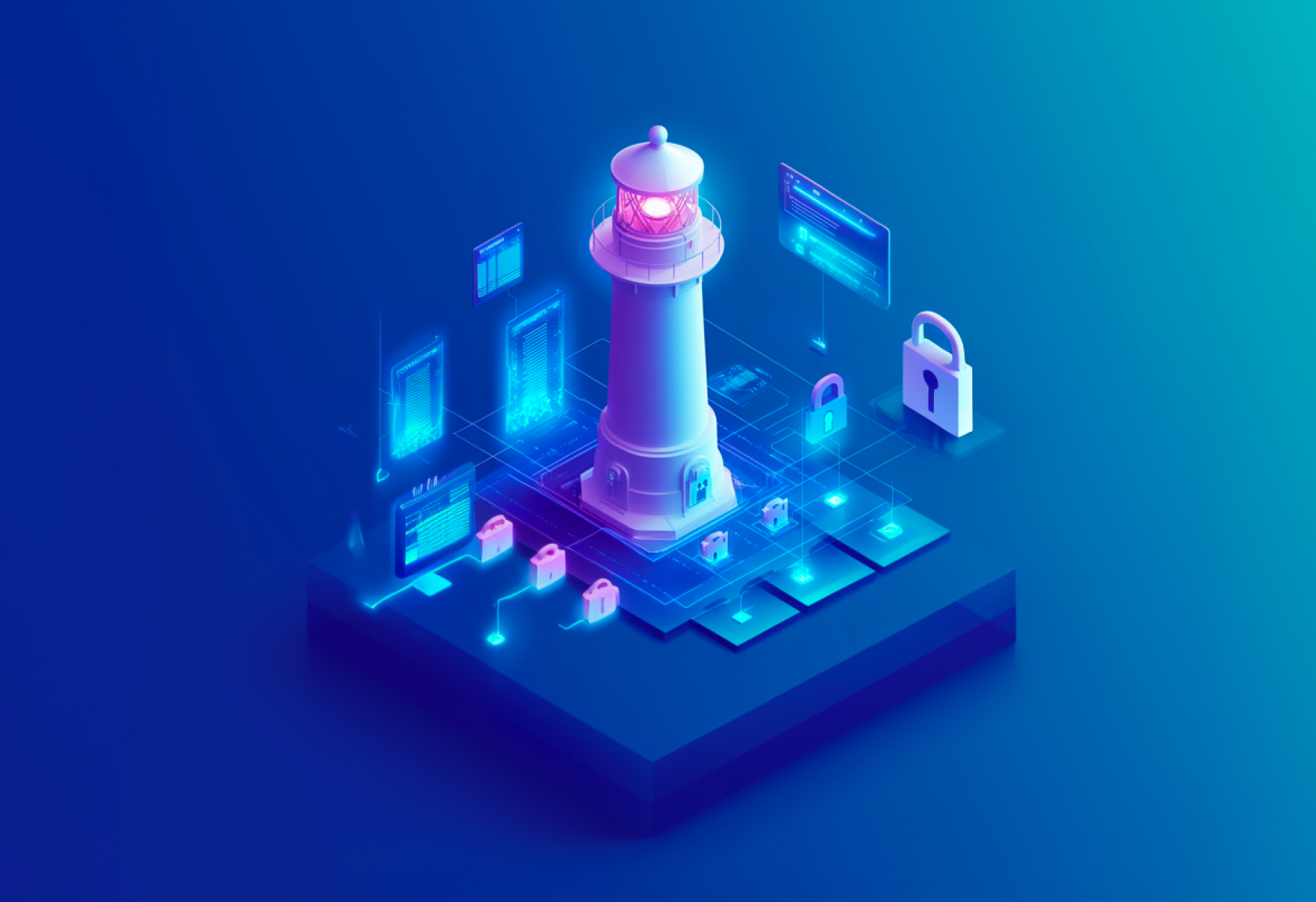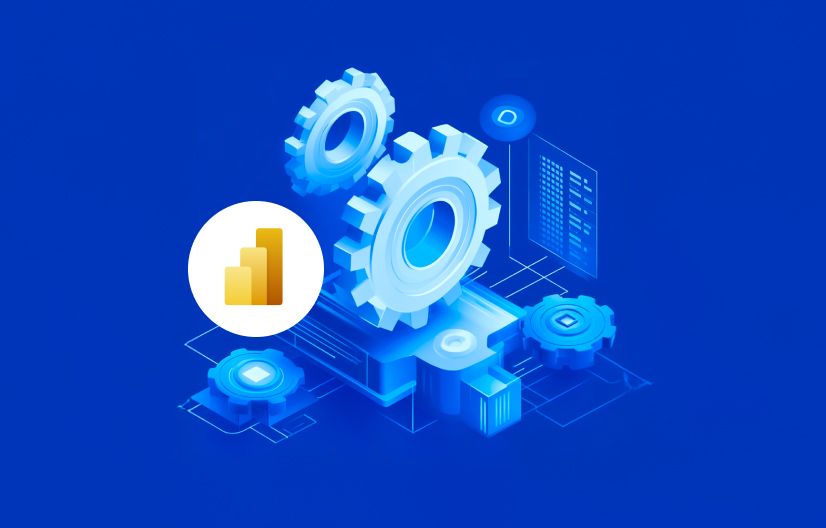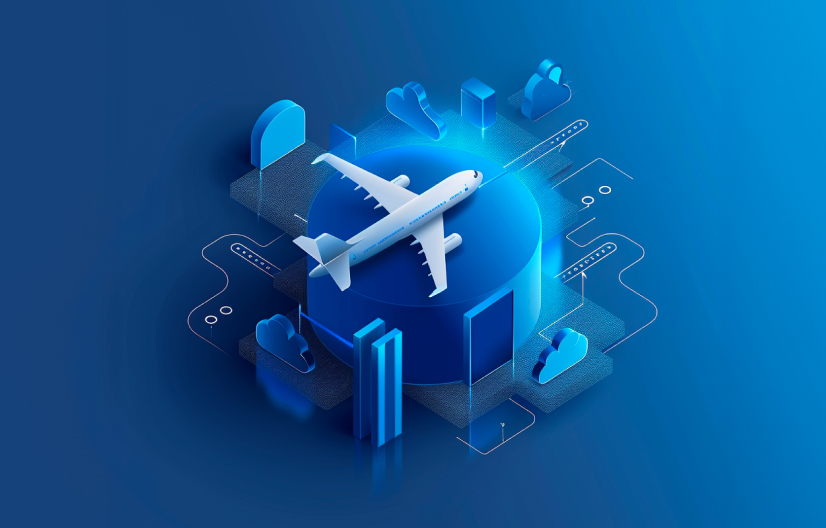
Proactive Cybersecurity: A Growth Lever for Quebec SMEs
In 2023, a survey conducted by KPMG revealed that over 60% of small and medium-sized enterprises (SMEs) in Quebec fell victim to cyberattacks. This key statistic highlights an alarming reality: SMEs, often perceived as less critical targets, are now on the front lines of cybercriminal activities.
Despite growing awareness of the risks, many companies have yet to adopt a proactive cybersecurity strategy. Without one, the impacts of a cyberattack can be devastating—not only financially but also in terms of customer trust. From employee training to raise awareness, to implementing robust policies and modernizing IT systems, learn about the best practices to face these challenges.
The Three Pillars of an Effective Cybersecurity Strategy
A comprehensive cybersecurity approach is built on three essential pillars: technology, processes, and people. When these elements are integrated and optimized, they enable companies to adopt a solid and proactive defense posture.
- Technology: Technological tools play a critical role in defending against cyber threats. However, it’s not just about investing in sophisticated software. It’s essential to ensure these technologies are well-integrated and tailored to the organization’s specific needs. For example, continuous monitoring and vulnerability analysis solutions can help identify weaknesses in real-time before attackers exploit them.
- Processes: Having policies and procedures in place is fundamental for ensuring a quick and effective response to incidents. This includes access management, protecting sensitive data, and implementing incident response plans that ensure necessary actions are immediately taken after a security breach.
- People: Finally, employee awareness and training remain crucial aspects. While technology is indispensable, human error remains one of the main vectors for cyberattacks. Training teams to recognize phishing attempts and adhere to good password management practices strengthens the company’s first line of defense.
A Reference Guide for SMEs: The Canadian Centre for Cybersecurity
For SMEs looking to concretely strengthen their cybersecurity, the Canadian Centre for Cybersecurity offers a practical guide titled The Top Measures to Enhance Cybersecurity for Small and Medium Businesses, which outlines 13 essential security measures. These recommendations aim to effectively protect networks and sensitive information while providing solid, easily adaptable foundations for SMEs.
Some of these measures include:
- Developing an incident response plan to react quickly and minimize downtime in case of a cyberattack.
- Regularly applying security patches to software to address known vulnerabilities.
- Adopting multi-factor authentication (MFA) to enhance access security.
- Backing up and encrypting data to ensure its availability in case of compromise.
These practices provide a solid framework for SMEs, effectively complementing the penetration testing and vulnerability scanning strategies we recommend. By integrating these basic measures, companies can significantly reduce risks and improve their ability to respond to security incidents.
Penetration Testing and Vulnerability Scanning: An Essential Duo
A proactive cybersecurity strategy also relies on regular system evaluations. Two key, often complementary, practices are penetration testing (pentests) and continuous vulnerability scanning.
Penetration Testing
Penetration tests are real-world attack simulations that identify exploitable system flaws by mimicking the behavior of a cybercriminal. By testing an organization’s defenses, pentests reveal vulnerabilities not visible in routine analyses and provide a tangible assessment of the robustness of existing security measures.
Vulnerability Scanning
Unlike penetration tests, which are more in-depth and targeted, vulnerability scans are automated, continuous, and non-intrusive. They regularly detect potential system weaknesses and enable proactive fixes before they are exploited. These continuous analyses provide long-term protection against emerging threats.
“These two approaches, when combined, can identify up to 70% more critical vulnerabilities than a single method alone. Together, they form an essential tandem for maintaining optimal security posture, covering both visible flaws and those that may go unnoticed in initial analyses,” explains Francis Venne, Head of IT Security.
A Proactive Strategy: A Competitive Advantage
A company capable of demonstrating its commitment to security is perceived as more trustworthy, making cybersecurity a key growth lever. “Adopting a proactive cybersecurity approach isn’t just about prevention; it’s a genuine competitive advantage. By improving system resilience and ensuring business continuity, companies can not only protect themselves from financial losses but also gain the trust of their clients and partners,” adds Mathieu Abbott, Vice President of Operations.
Boards of directors are recognizing this: by 2025, 40% of boards will have a dedicated cybersecurity committee led by a qualified member. This statistic illustrates that cybersecurity is now a strategic priority, akin to innovation or business expansion.
Tailored and Accessible Solutions
At Logient, we understand that every organization has unique cybersecurity needs. That’s why we offer customized solutions based on recognized standards such as NIST SP 800-115 and the OWASP Top 10. Our offerings enable companies to proactively protect themselves while remaining accessible and affordable without compromising the quality of security measures.
Rather than relying on a one-size-fits-all approach, we work closely with our clients to identify critical vulnerabilities, implement concrete actions, and ensure continuous protection. This approach not only secures digital assets but also optimizes the resources allocated to cybersecurity.
Conclusion
As most Quebec SMEs continue to face increasingly sophisticated cyber threats, adopting a proactive and integrated cybersecurity strategy is essential. Have you identified your organization’s critical vulnerabilities? Is your team adequately prepared to respond to a cyberattack?
By combining advanced technologies, rigorous processes, and ongoing employee training, businesses can not only defend themselves against attacks but also leverage cybersecurity as a true growth driver and competitive differentiator.
Are you ready to take action? Now is the time to assess your systems, train your teams, and strengthen your processes. Cybersecurity is no longer optional—it’s a necessity for protecting your critical assets and maintaining customer trust.



















